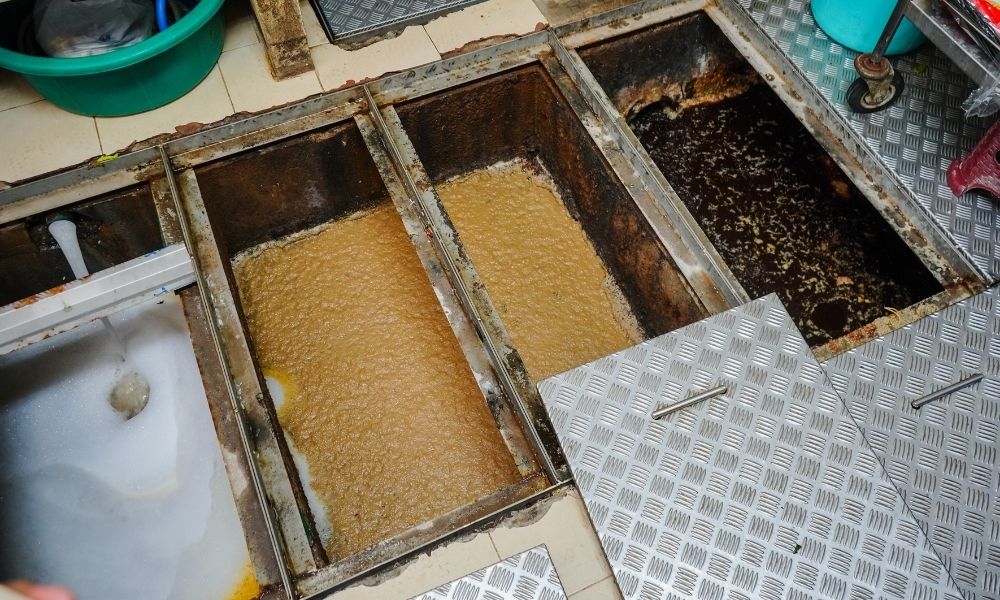Grease traps are an important part of a restaurant to ensure the kitchen and environment remain protected. A routine maintenance plan helps the food industry keep the workflow moving and prevents grease trap safety hazards from appearing. Put together a great plan for your restaurant today by exploring this simple checklist for maintaining your grease trap.
Proper Disposal
One of the first steps to consider is prioritizing proper disposal. Always avoid disposing of grease through a nearby trash can or sink. In order to keep grease out of the sewer system, the trap isolates it so that you can have it removed and recycled. That sounds simple enough, so how do you begin planning your disposal, and who do you turn to for assistance?
Routine Cleaning
The planning starts by taking your restaurant’s unique circumstances into account. In this case, unique circumstances refer to details like the size and specific grease trap you’re using on the premises. Moreover, your grease trap cleaning schedule must abide by any local sewer codes. In terms of routine maintenance, wiping up any grease spills that occur is critical. So ensure you train your staff on such procedures. However, there’s one more routine to schedule: professional grease trap cleaning.
Professional Removal
Professional grease trap cleaning methods are available to create a more precise and reliable way to keep the equipment clean. For instance, Providence Environmental conducts grease removal in South Carolina so that restaurants can have an efficient, safe, and sustainable grease disposal solution. This process requires vacuuming, scraping, and pressure washing to ensure the most thorough results.
Professional equipment with the purpose of removing waste from grease traps can easily clean the area, especially with a trained expert helping it. Our team at Providence Environmental uses vacuum trucks to remove grease and debris from the trap, so everything is cleaner, and you can move forward with your daily routine. Use this checklist and start maintaining your grease trap to make a safer, more stress-free environment.

